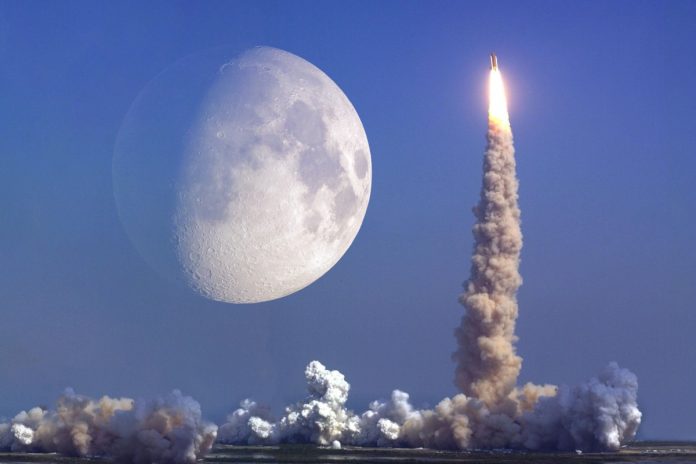An upper-stage booster, which was initially a part of Elon Musk’s Falcon 9 rocket, is hurtling uncontrollably at a speed of 9,288kph and could make an impact with the far side of the Moon.
The Falcon 9 booster was launched in 2015 but after completing its mission, did not have enough fuel to return towards Earth and instead remained in space.
The company launched the Deep Space Climate Observatory – which was a satellite designed to monitor both solar storms and Earth’s climate – to a gravitationally stable Lagrange point between the Sun and Earth.
Due to the absence of propulsion, the booster is classified as space junk and is currently directionally influenced by the gravitational pull of its nearest celestial bodies, including Earth, Moon, and the Sun.
This unconventional pull has made its path somewhat “chaotic”.
According to the BBC, the rocket was abandoned in high orbit seven years ago after it completed a mission to send a space-weather satellite on a million-mile journey.
Astronomers say that the booster had made a close fly-by the Moon on January 5. Upon impact, which is predicted on March 4, a small man-made crater is expected to be formed.
The US Department of Defense’s global Space Surveillance Network (SSN) has tracked over 15,000 pieces of space debris larger than 4 inches, while there are some 200,000 pieces sized between 0.4 and 4 inches, and millions smaller than 1cm.
NASA say that even tiny debris of space junk colliding with a spacecraft can result in catastrophic results. To add context, space debris in Low-Earth orbit can hit speeds of 25,265 kph.






